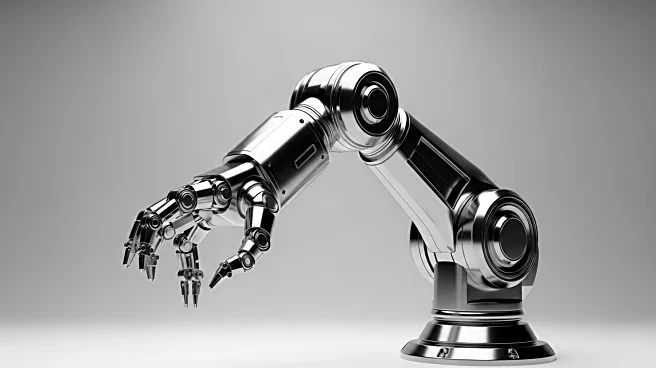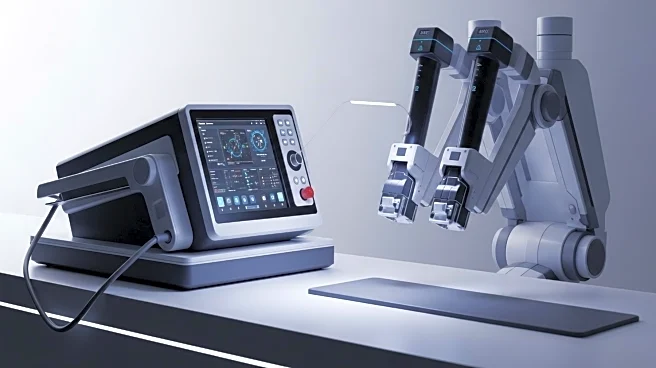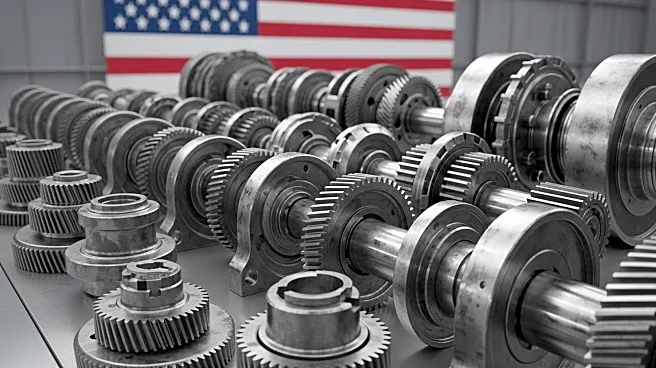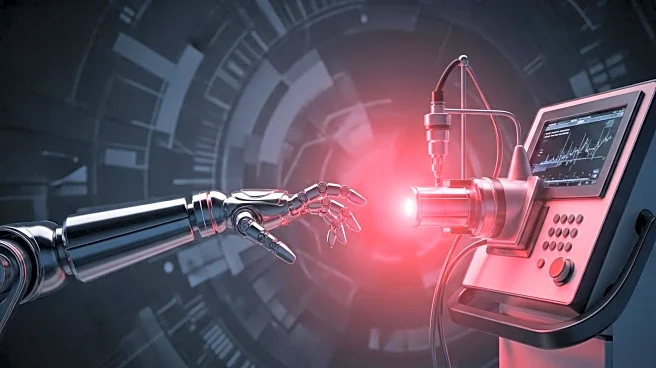What is the story about?
What's Happening?
The U.S. Department of Commerce has initiated an investigation under Section 232 of the Trade Expansion Act into the import of robotics and industrial machinery. This investigation could lead to tariffs imposed by President Trump in the name of national security. The scope includes CNC machining centers, industrial stamping machines, and programmable mechanical systems. The goal is to encourage domestic manufacturing and foreign investment in U.S. production. The investigation began on September 2, but was not immediately announced. Industry experts have expressed concerns about the impact of these tariffs on U.S. efforts to reshore manufacturing, noting that most industrial automation is supplied by Asian and European companies.
Why It's Important?
The proposed tariffs aim to bolster U.S. manufacturing by encouraging domestic production and reducing reliance on foreign imports. However, industry leaders warn that tariffs could increase costs for U.S. manufacturers, potentially slowing down automation projects and impacting the supply chain. The U.S. is the third-largest market for robotics, and increased production in the country could strengthen its position. Yet, the tariffs may also lead to higher costs for consumers and manufacturers, driving inflation and potentially causing companies to relocate production outside the U.S.
What's Next?
The Commerce Department has opened a public comment period for stakeholders to provide input on the proposed tariffs, with submissions due by October 17, 2025. Industry groups like the Association for Advancing Automation are preparing formal responses to the proposal. The outcome of this investigation could shape future trade policies and impact the U.S. manufacturing landscape, particularly in the robotics sector.
Beyond the Headlines
The tariffs could have long-term implications for the U.S. manufacturing ecosystem, potentially reshaping the competitive landscape. While the intent is to protect against unfair trade practices, the immediate impact may be increased costs and supply chain disruptions. The U.S. must balance the need for reliable, low-cost robotics with the goal of expanding domestic production.
AI Generated Content
Do you find this article useful?













